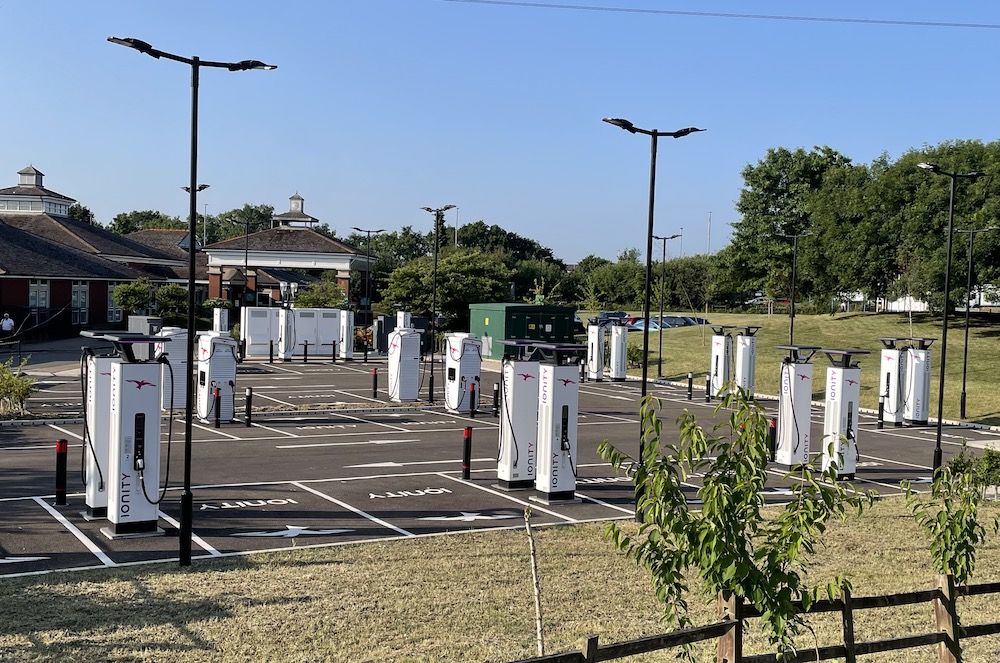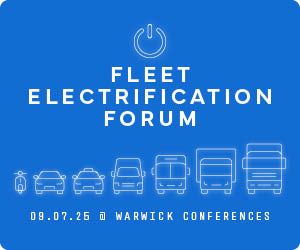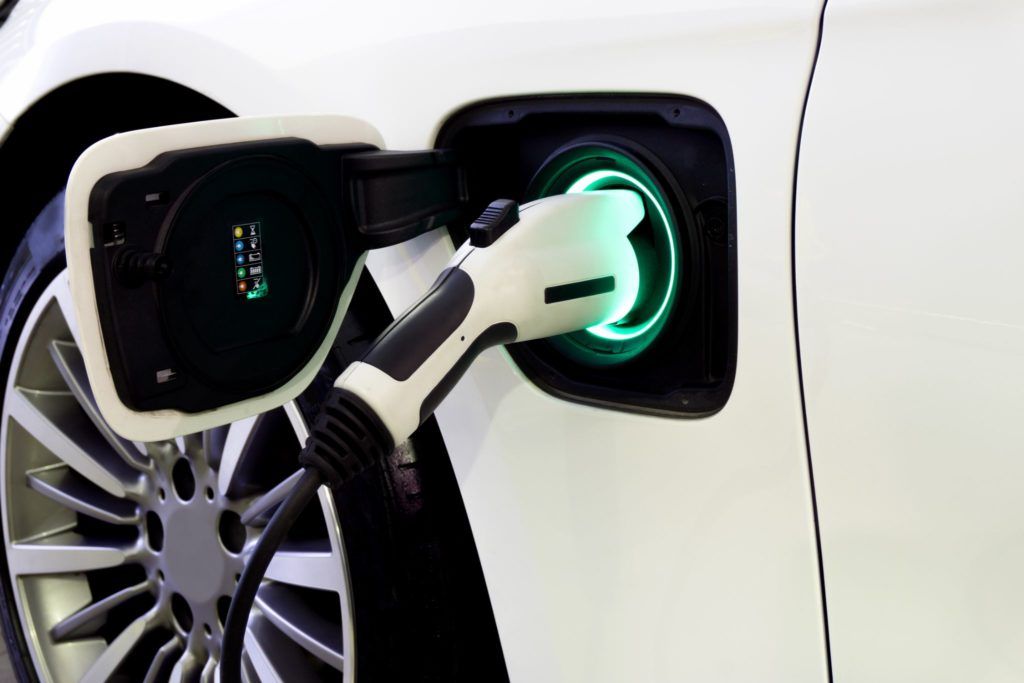Caroline Jacobs, Head of Development at the Research Institute for Disabled Consumers (RiDC), highlights the inaccessibility of electric vehicle (EV) charge points for older and disabled motorists and the work being done to help improve this.
It was Summer 2018 that I first tried recharging a friend’s fancy BMW plug-in electric car in a Morrison’s car park. I realised immediately this was not an easy option for me. The cable was heavy and needed a strong push and dexterity to plug in. For others who might be physically disabled in some way – or with less strength or reach it would be hard work. I also needed a good understanding of the different cable and plug compatibilities and a smart phone to locate the public charge point and pay.
I emailed RiDC’s contacts at European consumer organisations and car research centres. Was the difficulty re-charging for older and disabled motorists acknowledged? Were any solutions suggested? Nothing. “It’s the same as re-fuelling the car” said one, not knowing that a great many disabled and older motorists do not refuel themselves, but are assisted by garage attendants. For many years, a wide range of special schemes and gadgets – from key fobs to apps or simply tooting the horn – have alerted garage staff to disabled drivers and their need for assistance.
Later that year, with a grant from Motability, RiDC was able to investigate the issue of access to electric charging with our consumer panel of disabled and older people. We user-tested public charge points across the country for accessibility and surveyed our members to capture their thoughts and experiences of charging. Our research started in Spring 2019 and just before Covid arrived in early 2020, we held a breakfast seminar to share and discuss the findings Going Electric – the accessibility of plug-in cars.
It turns out there are major accessibility problems with public charging points and going electric if you are older or disabled. Our research early this year, commissioned by Urban Foresight, explored various aspects of the charging process, such as removing the charge cable from the car, opening the charge flap/inserting the cable and plugging in the car point – all of which presented barriers to disabled and older drivers. Concerns were also raised about connection points too high for wheelchair users to reach and very heavy connection cables which could cause problems for people with physical impairments to carry.
Luckily in 2021 these issues are now starting to be recognised. Further research has, and is, being carried out and work started on solutions. But it’s a battle to design and develop better, before too many inaccessible points get installed.
Disabled and older motorists want to go electric and contribute to reducing carbon, but they can only do so if they are able to use the products that are offered to them. Earlier this year, 61% of disabled motorists on our panel told us they would only consider buying an electric vehicle if charging was made more accessible.
At RiDC we are working with designers Duku to improve the usability and accessibility of both the cables and the points. We will also be investigating home charging solutions in a new two-year sustainable energy project funded through the energy industry redress scheme.
Fundamental to both these projects is the involvement of disabled people themselves in the development and adaption of the products. We need to ask, test and check again in any product we design to ensure it can indeed be used by all people, not just the person who built it. Going back over to unpick the existing charging infrastructure, adapt, replace and redesign takes time and money. If these considerations were taken into account right at the very beginning it could have all been avoided.
Let’s hope that this very public issue of electric charging will once and for all firmly place the case for inclusive design into the spotlight – where everyone is able to see it.
Image courtesy of Caroline Jacobs/RiDC.














